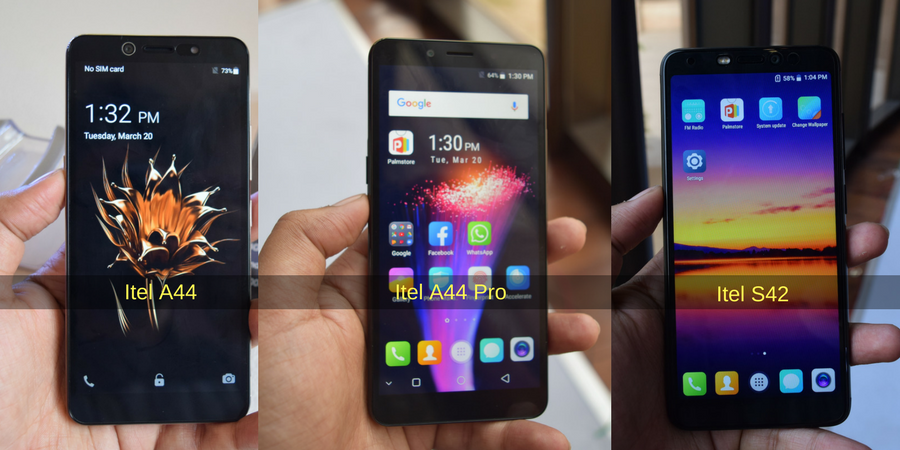IPS Glow
IPS (In-Plane Switching) is a type of LCD (Liquid Crystal Display) technology used in monitors and televisions. One of the benefits of IPS technology is that it provides wider viewing angles and better color accuracy compared to other LCD technologies.
“Glow” in this context is likely referring to a phenomenon known as backlight bleed, which occurs when light from the backlight of an LCD display leaks through around the edges of the display. This can result in a “glowing” effect around the edges of the display, especially when displaying dark or black images.
It is important to note that some degree of backlight bleed is normal and expected in LCD displays, but excessive backlight bleed can be considered a defect and may be covered under the manufacturer’s warranty.
There are several reasons why IPS glow can occur. If the LCD panel and backlight are not properly aligned during assembly, light from the backlight can leak through around the edges of the display. Some manufacturers may not have strict quality control measures in place to ensure that all displays are free from backlight bleed. Over time, the components of an LCD display can wear out or become damaged, which can lead to backlight bleed.
IPS glow is more likely to be visible when viewed from an angle, so if you’re viewing the display from a side angle it will be more noticeable. If the monitor is set to a high brightness setting, it will be more noticeable.
It’s worth noting that some degree of backlight bleed is normal and expected in LCD displays, but excessive backlight bleed can be considered a defect and may be covered under the manufacturer’s warranty.
How to check your monitor for IPS Glow?
If you want to check your Monitor for IPS glow, there are several ways to check your monitor for IPS glow. Here’s a list of a few ways to check a monitor for IPS Glow.
View a full-screen black image
One of the most common ways to check for IPS glow is to view a full-screen black image on your monitor. Look around the edges of the display and see if there is any light leakage or “glow” visible.
View a full-screen white image
Another way to check for IPS glow is to view a full-screen white image on your monitor. Look around the edges of the display and see if there is any unevenness in the backlight or discoloration.
Use a monitor test website
There are websites like TestUFO that provide a variety of test patterns and images to help you check for IPS glow.
Use a backlight bleed test software
Some software like Blur Busters UFO Test can help to detect backlight bleed, it will show you a pattern of different color blocks, and you can use this pattern to check if there is any backlight bleed on your monitor.
View the monitor in a dark room
Viewing the monitor in a dark room will make it easier to spot any backlight bleeding.
How can I make IPS Glow less visible?
There are a few ways to make IPS glow less visible. You can try adjusting the monitor’s brightness and contrast settings to reduce the appearance of backlight bleed. As I mentioned before, IPS glow is more likely to be visible when viewed from an angle, so try adjusting your viewing angle to reduce the visibility of the glow. If possible, try moving the monitor to a different location to see if the backlight bleed is more or less visible.
A monitor hood is a device that attaches to the top and sides of a monitor to reduce the amount of ambient light that reaches the display. This can help to reduce the visibility of backlight bleed.
Use a backlight bleed reducer software
Some software like Blur Busters UFO Test can help to reduce the appearance of backlight bleed. It is important to note that these software are not always reliable.
IPS Glow vs Backlight Bleeding
IPS glow and backlight bleeding are related but slightly different phenomena.
IPS glow refers to the slight “glow” that can be seen around the edges of an IPS LCD display when viewed from an angle. This is due to the way that the liquid crystals in an IPS panel are aligned, and it is considered a normal characteristic of IPS displays.
Backlight bleeding, on the other hand, refers to light leakage from the backlight of an LCD display, which can result in an uneven backlight or “glowing” effect around the edges of the display. This is usually caused by improper assembly or poor quality control during the manufacturing process.
Both IPS glow and backlight bleeding can be visible when displaying dark or black images, but backlight bleeding is generally considered to be a defect and may be covered under the manufacturer’s warranty.
It’s also worth noting that backlight bleeding can occur on any kind of LCD display, not just IPS displays, and IPS glow is not exclusive to IPS displays, other types of LCDs can have similar issues.
Wrap up
IPS Glow is a common thing in several monitors and laptop screens and it is manageable. In most cases, it can be fixed by following methods I have described in this article.
I hope you found this article useful. If you still have any question, you can leave a comment. Don’t forget to follow us on different social media platforms.






